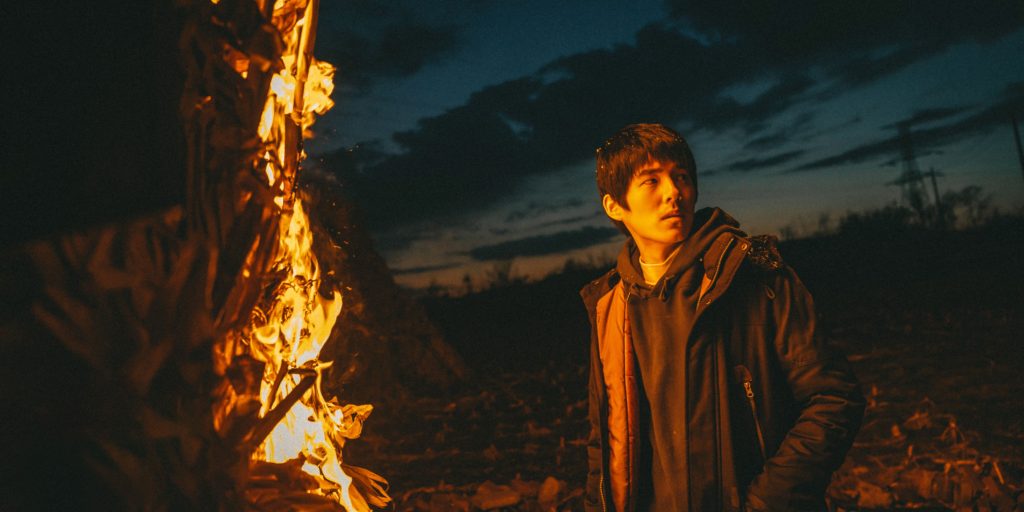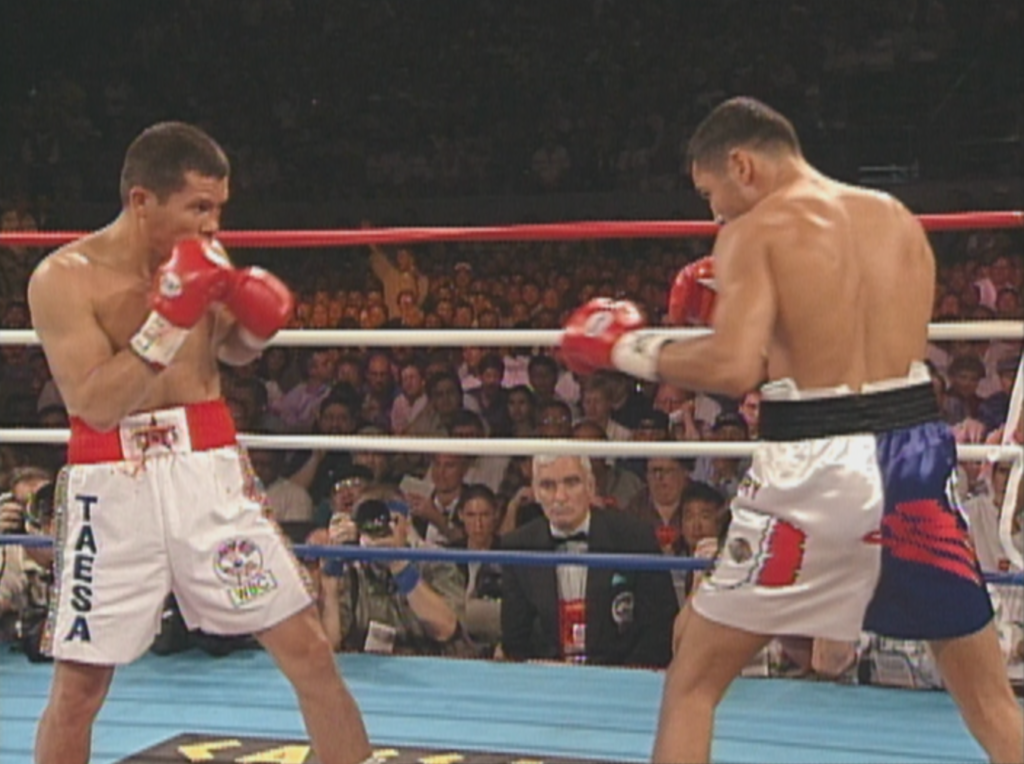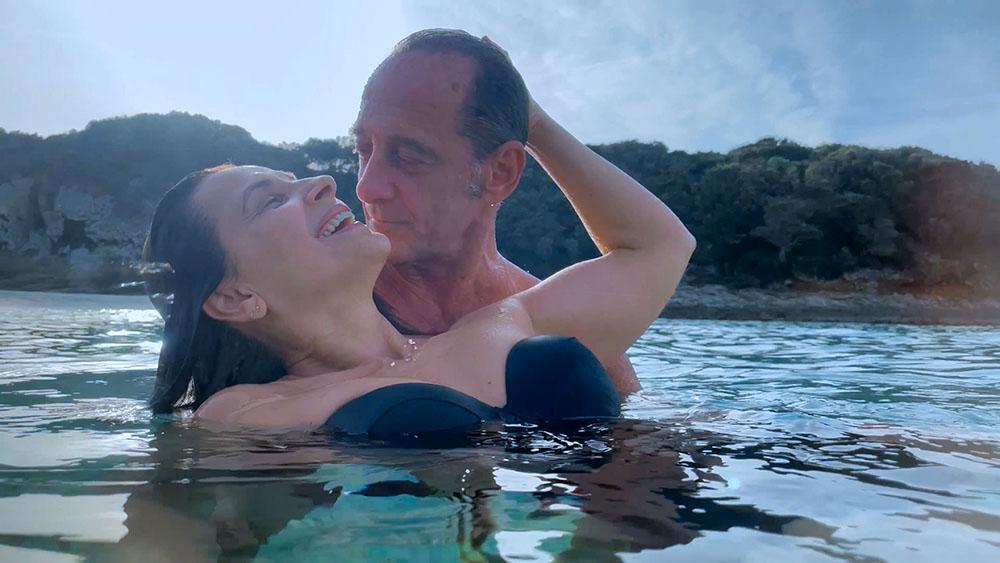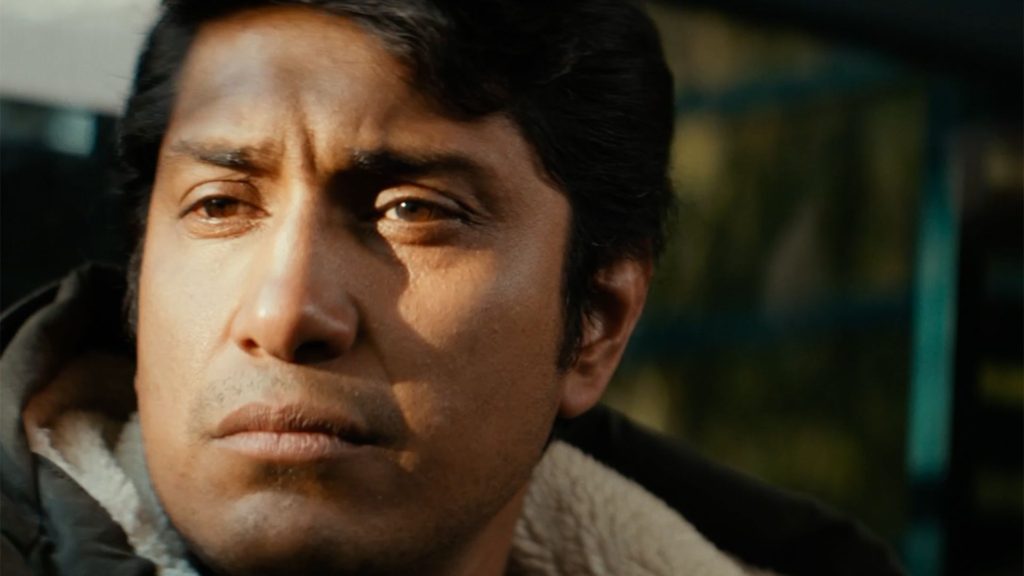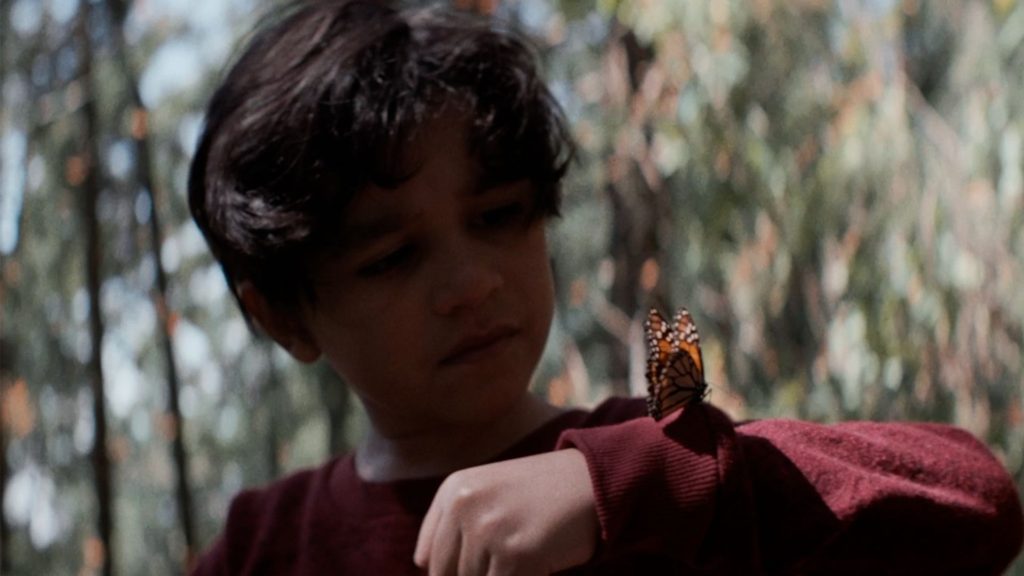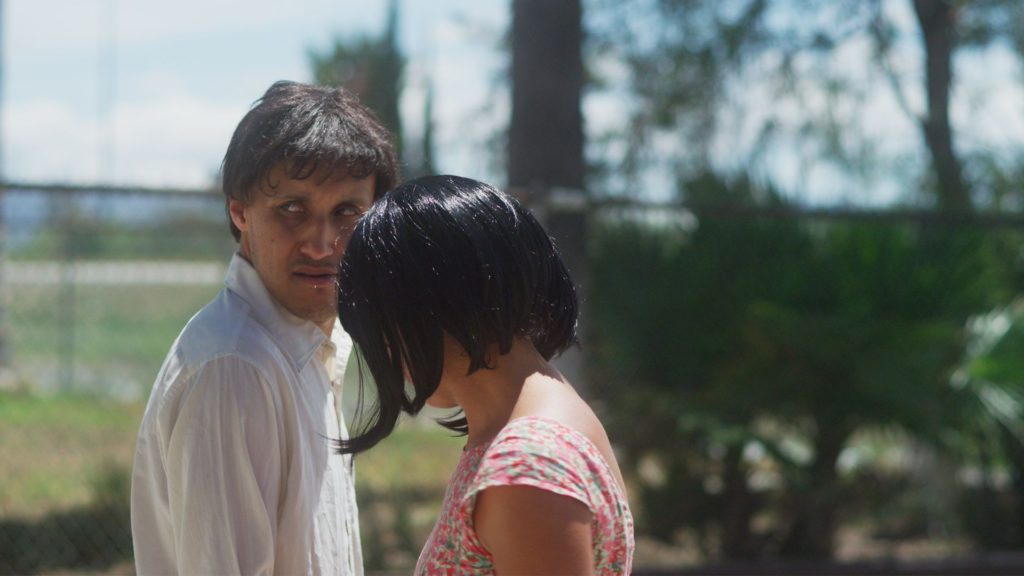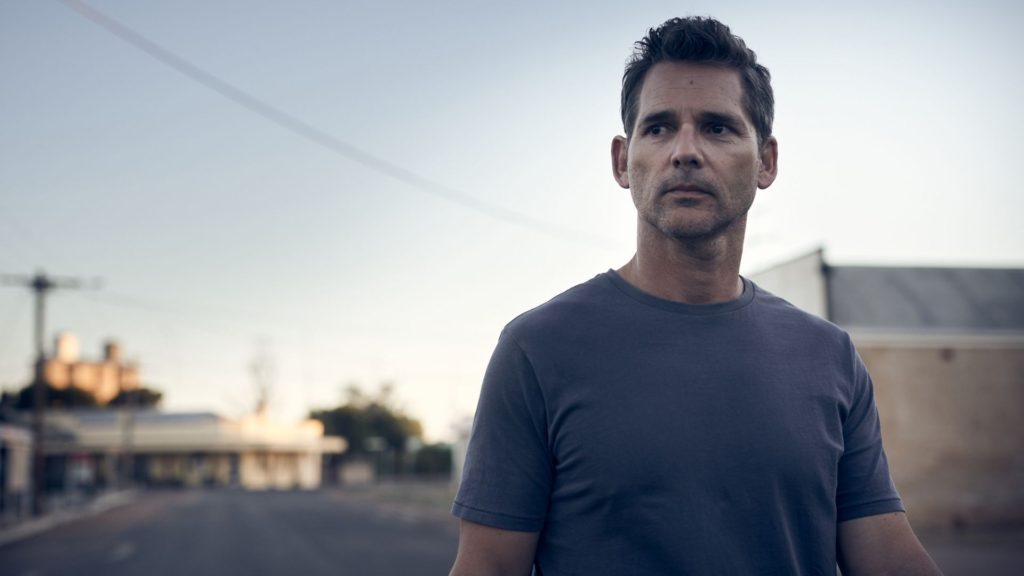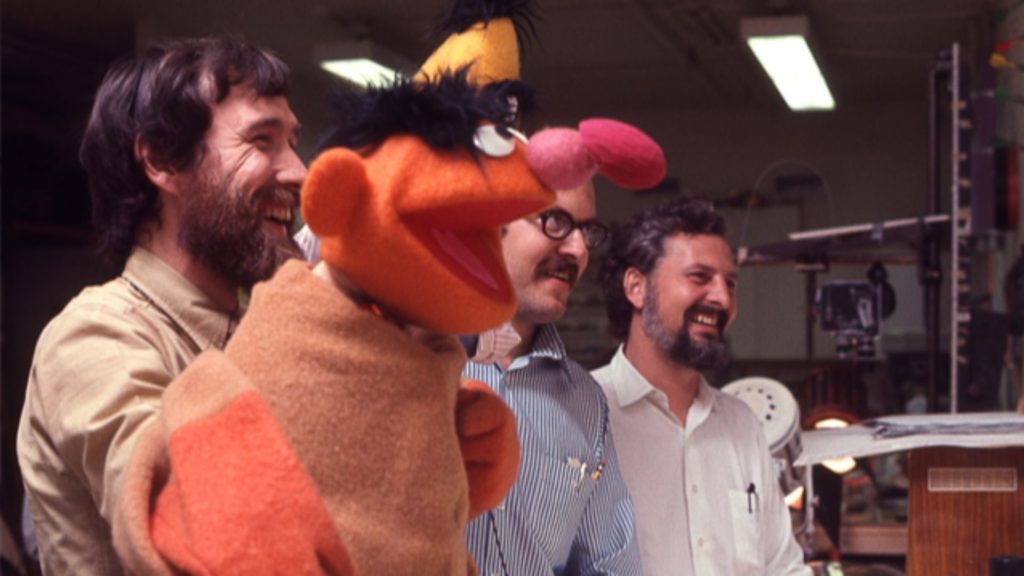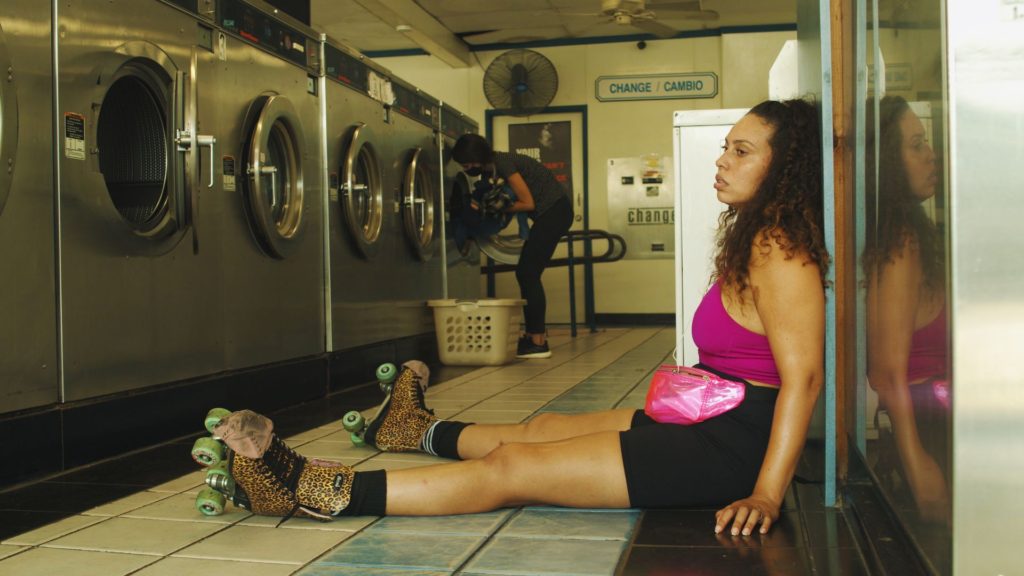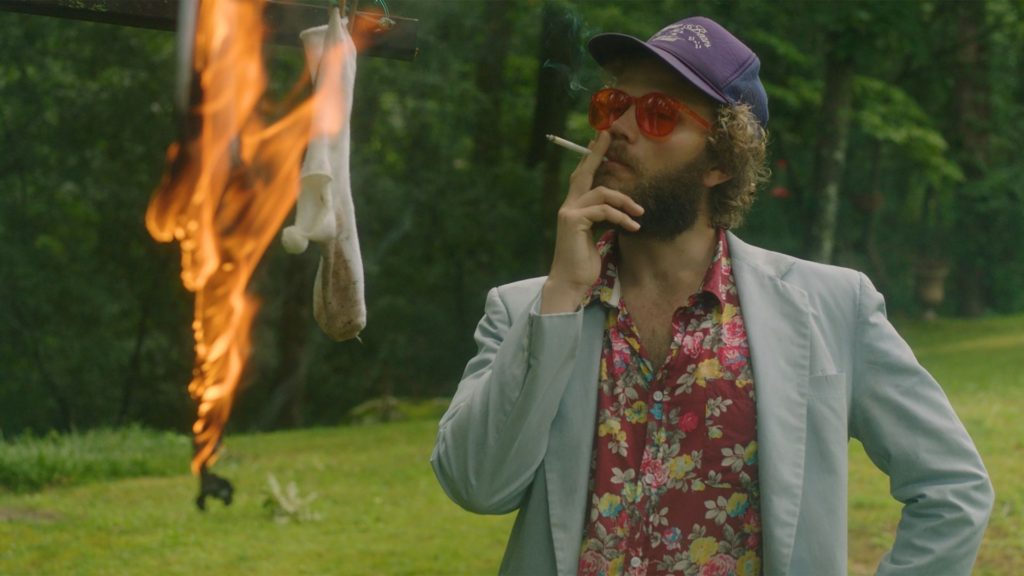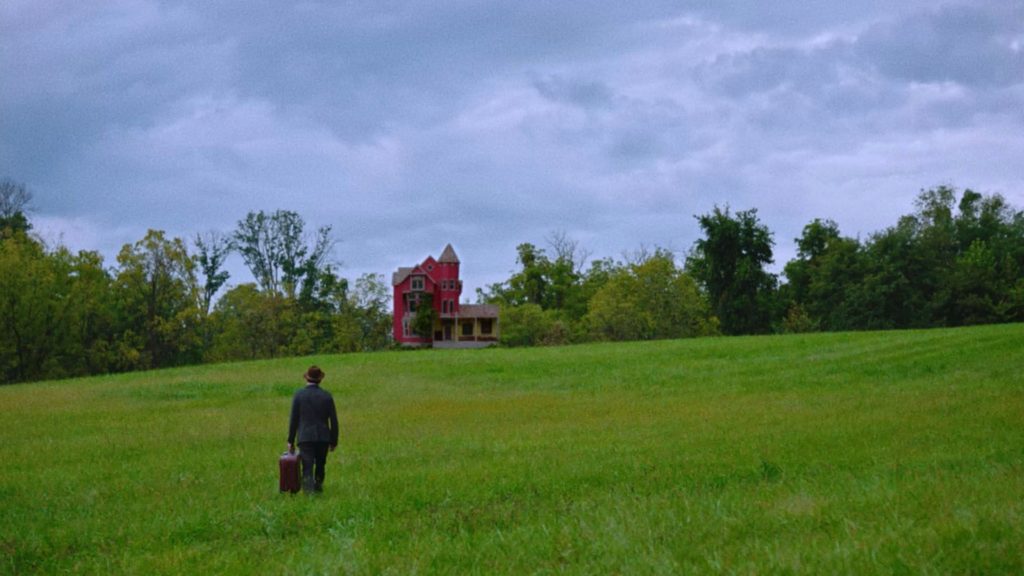
MONTANA STORY. Courtesy of Bleecker Street.
A family secret simmers in Montana Story until it demands to be exploded. With exceptional performances by Owen Teague and Haley Lu Richardson, this is one of the best movies of 2022 so far.
22-year-old Cal (Owen Teague), a budding civil engineer, has returned to the Montana ranch of his childhood, where his comatose father is dying. Cal is saddled with arranging his father’s home health care and winding down his bankrupt affairs – grim, draining and thankless tasks. We eventually learn that the father, now helpless and unknowing, was domineering and cruel, a cynical mouthpiece for corporate polluters who masqueraded as a gentleman rancher.
Suddenly, Cal’s 25-year-old half sister Erin (Haley Lu Richardson) erupts onto the scene. Erin is a force of nature, bossy and clearly very, very angry. Erin unhelpfully begins second guessing Cal’s decisions, and unraveling one, without contributing to solving any of the issues.
Cal hasn’t even known where Erin has been for the past seven years, since she bolted from the ranch. Why is Cal deferring to Erin’s unreasonable behavior? Why is she so furious? The answers lie in a family secret that has not been resolved.
Haley Lu Richardson shines as Erin, whose unfiltered intensity, for better or for worse, commands every scene.
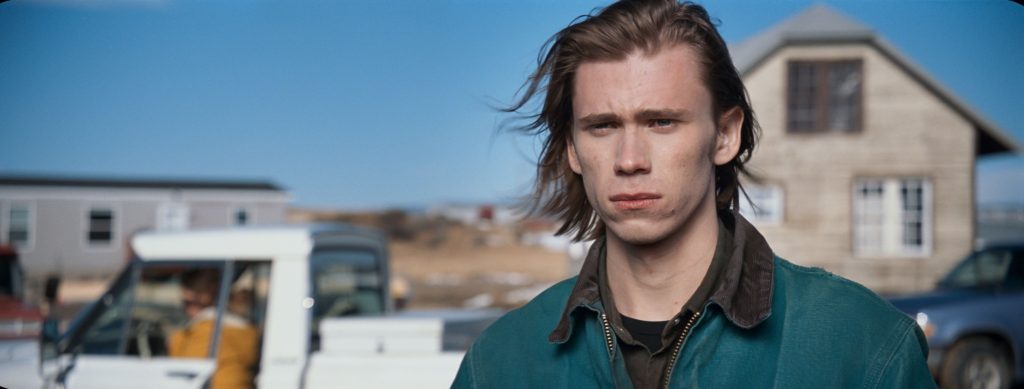
Richardson has the showiest role, but Owen Teague’s quiet performance is exquisite. This is a melodrama, and the performance as Cal could easily have been overwrought. Instead, he perfectly captures this dutiful and seemingly passive man, with a hidden, festering guilt. Teague has been amassing screen credits since age 13 and appeared in Bloodline; in Montana Story, he wrote and performed his character’s own musical theme.
Montana Story was written and directed by Scott McGeehee and David Siegel, the filmmakers who created What Maisie Knew and the superb Lake Tahoe thriller The Deep End with Tilda Swinton and Goran Visnjic.
McGeehee and Siegel’s cinematographer Giles Nuttgens shot both those films (along with Hell and High Water). Montana Story was shot around Livingston and Bozeman, and Nuttgens made the most of the Big Sky vistas to highlight the characters’ emotional isolation.
Montana Story played the SFFILM 2022, and opens in theaters this weekend.

